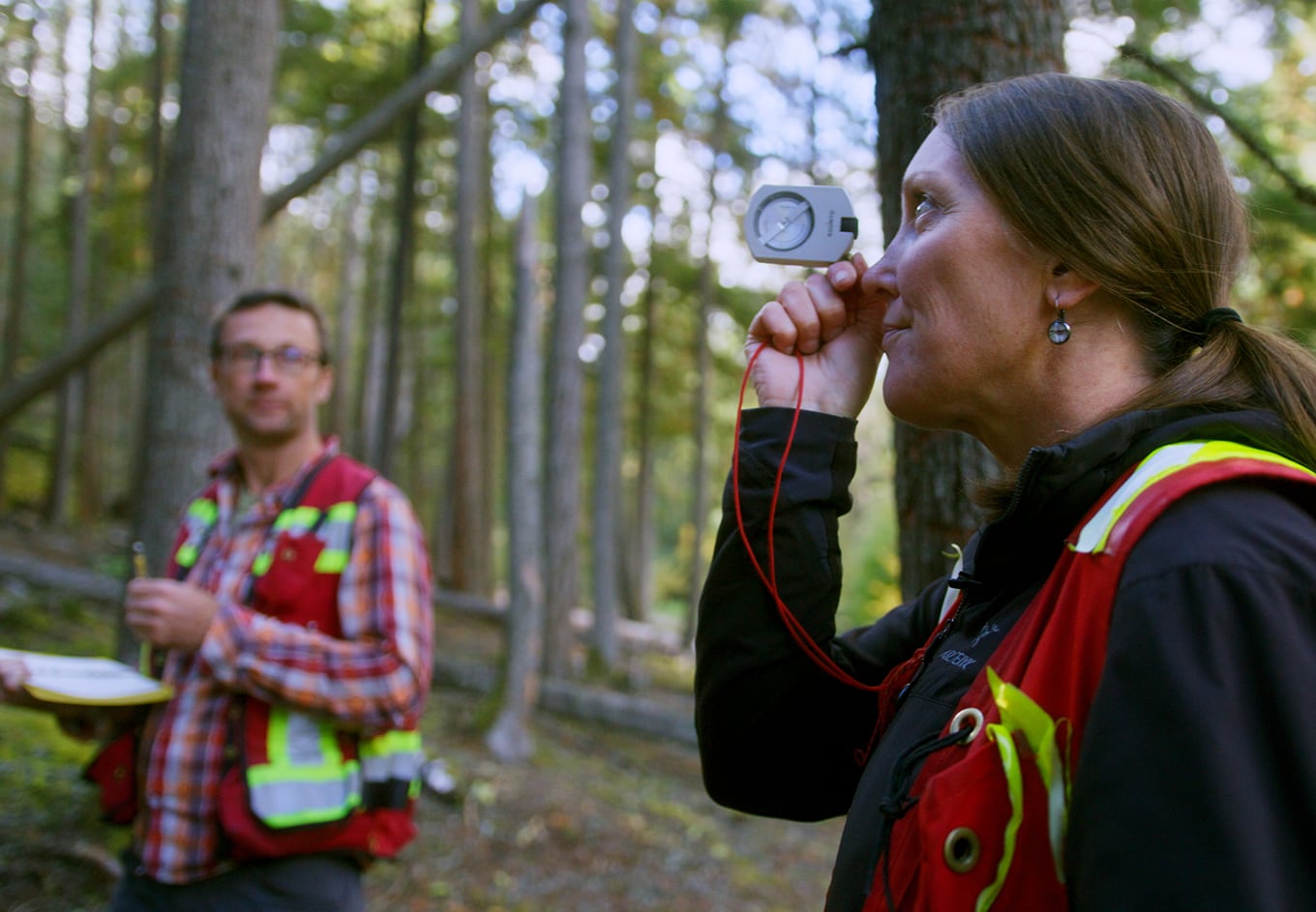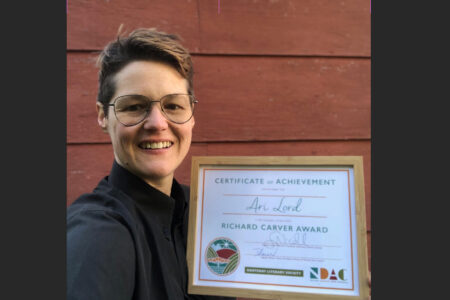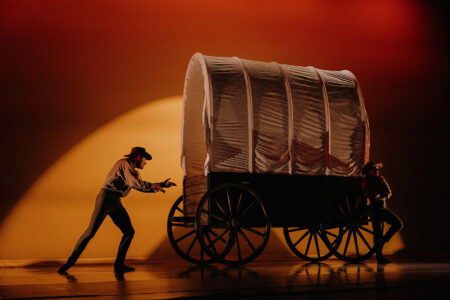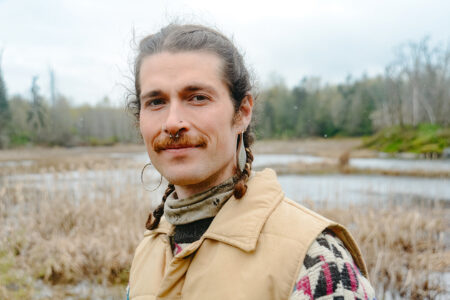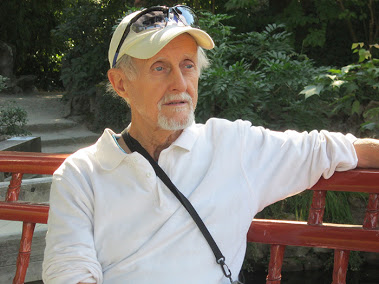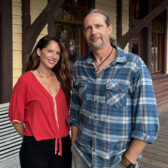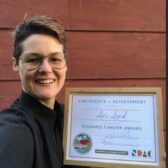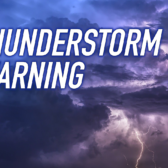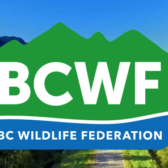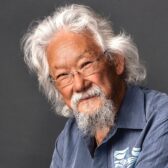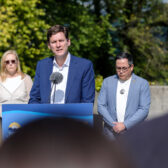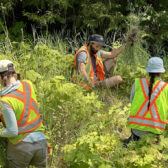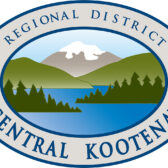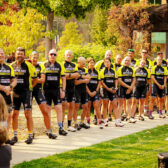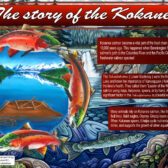Daily Dose — Seeing the Harrop-Proctor Community Forest for More than the Trees
In late July, Erik Leslie dealt with a two-hectare fire that was started by a lightning strike.
“When things start to dry, if fires get beyond a hectare, they can be hard to put out if you don’t have good access. It was in pretty remote, difficult terrain; that was our concern,” says Leslie. “BC wildfire service dropped a bunch of loads of retardant on it from an airplane and started bucketing water and helicoptering in crews.”
According to Leslie, the recent fire was stressful but nothing new.
“I’ve been there before. Community wildfire protection is a busy business. In 2017 we had a big fire that burned about 3000 hectares. I worked on that fire for about six weeks; it was intense. I hung ribbons with the wildfire crews on the fire and liaised with the community.”
There was also a big fire in 2003. Leslie started working for the community forest in 2004, becoming the manager in 2006.
For him, the recent videos put out by the cooperative are communicating a crucial message.
“We tried to make educational videos about climate change and community wildfire protection that were story-based where you get to know the characters and get a feel for the community.”
Watershed Productions produced the videos. The community response to the videos has been “Great,” says Leslie.
“I’ve had several comments from people of how informative they found the videos, which is great because the community is quite knowledgeable on average compared to many communities because we’ve had a community forest for twenty-two years. But there are new people moving to the community and people who know a bit, who found the video helpful.”
The cooperative had many partners in the video project: BC wildfire Service, Columbia Basin Trust, the regional district, and the Harrop-Proctor Fire department. The videos have been distributed through various channels. One goal was to show the broader picture, says Leslie.
“We placed community wildfire protection in a bigger context of fire in our ecosystems and then putting climate change on top of it and realizing how we got to where we are and why we need to do so much work to address what we’ve gotten ourselves into.”
There is a historical context for the community forest going back to the 80's.
“Many people were against conventional logging in watersheds. It was more about logging versus preservation. The community forest was created after a series of protests and the ‘war on the woods’ in BC more generally. It was considered a third way between complete logging and complete preservation extremes. A middle road, a compromise.”
Leslie says the logging that happens today in the forest is anything but conventional.
“All of our logging is done within the structure of our ecosystem-based planning approach, focussed on climate change and wildfire adaptation, but also values that need to be protected. Our number one value that we’re managing other than timber is water.”
The cooperative regularly samples and tests the water quality of the four main creeks within the community forest.
While the timber side of the business generates revenue; as Leslie explains, logging is “A means to an end; it’s not the end itself. It’s a way to manage our forests sustainably, which involves some removal of timber, but that’s not what it’s all about. We use alternative techniques.”
The cooperative is looking forward to a future of even more community safety.
“One of our priorities is complete a fuel break between Harrop and Proctor, about 12 kilometres. We want to complete that work in the next five to ten years. We’ve been working on it for over ten, so it’s a big job. It takes years to implement complicated projects on steeper ground, and it also takes money.”
Funding comes from community forest revenues from logging and provincial funding programs.
“There are over fifty community forests in the province; we were the second,” says Leslie. “We’re only three percent of the province's harvest, so still a small part of the forest sector.”
The videos are meant to be accessible and shared.
See below for the full version of the video that was divided to make a series of educational films.

The Harrop-Procter Community Forest demonstrates the value of managing forests properly to protect our communities from increasing forest fire risk in a new series of videos. — Submitted photo


